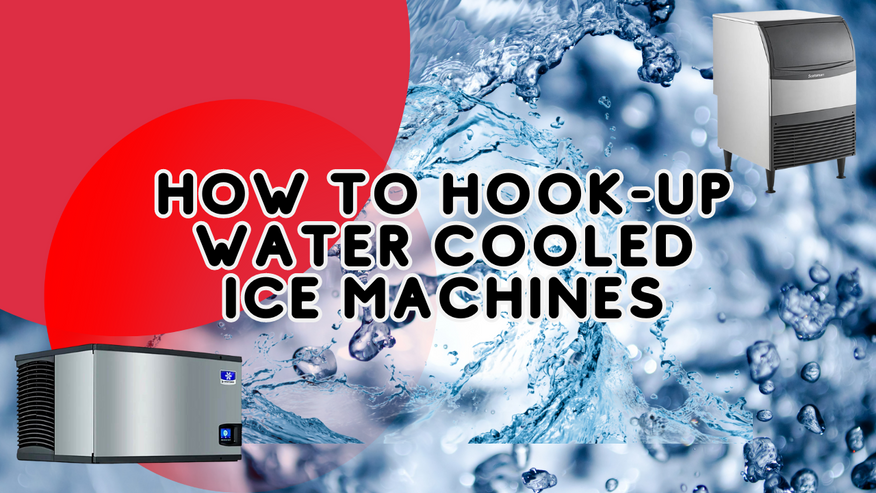Aug 3rd 2023 - Team Member
How to Hook-Up Water Cooled Ice Machines
Welcome to our informative guide on hooking up water-cooled ice machines! If you're a part of the commercial kitchen industry, you know the importance of efficient and reliable ice production for your business. Water-cooled ice machines offer several advantages over air-cooled alternatives, such as enhanced energy efficiency and quieter operation.
How to Hook-Up Water Cooled Ice Machines
#1: Pre-Installation Preparation
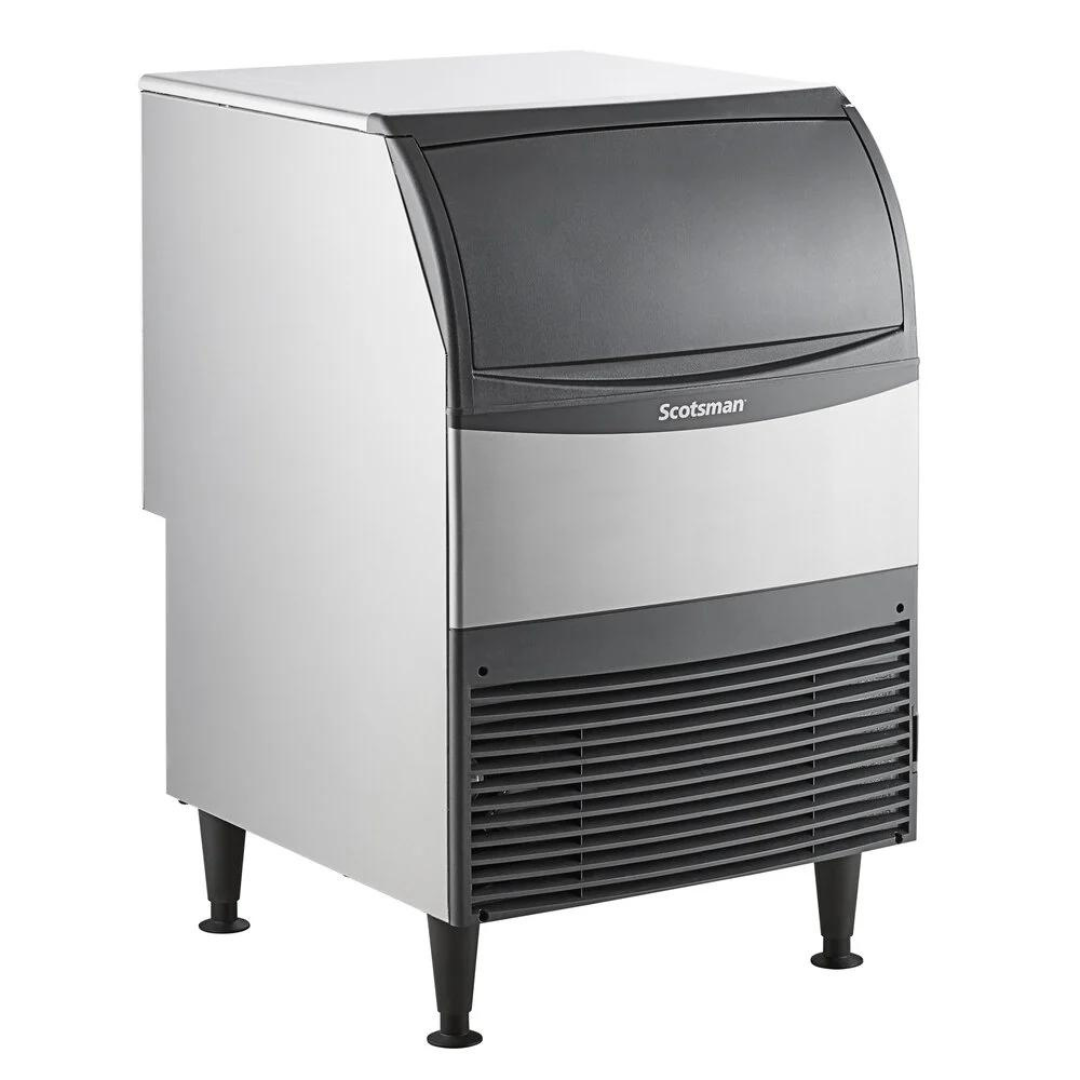
Before installation, ensure that your installation space meets the necessary requirements for your water-cooled ice machine. Verify that the ambient air temperature falls within the manufacturer's specified range, typically between 35 to 110 degrees Fahrenheit. Avoid placing the ice maker near heat-emitting equipment, such as ovens or grills, to maintain optimal performance.
Provide adequate clearance for the machine on each side, as specified by the manufacturer, to allow proper air circulation for the condensing unit. Additionally, consider foot traffic to ensure the ice machine is easily accessible without causing congestion in busy areas. Choose a location that allows easy access for regular maintenance tasks like cleaning condenser coils and air filters.
Scotsman UC2024MW-1
#2 Water Supply and Drainage
Proper water supply and drainage are critical for the efficient operation of your water-cooled ice machine. Start by connecting the water supply line to the machine using the provided fittings. It's essential to use a water filter to prevent sediment buildup, ensuring the quality of ice and the longevity of the machine. Additionally, set up the drainage system to remove excess water and prevent leaks.
Water Connections
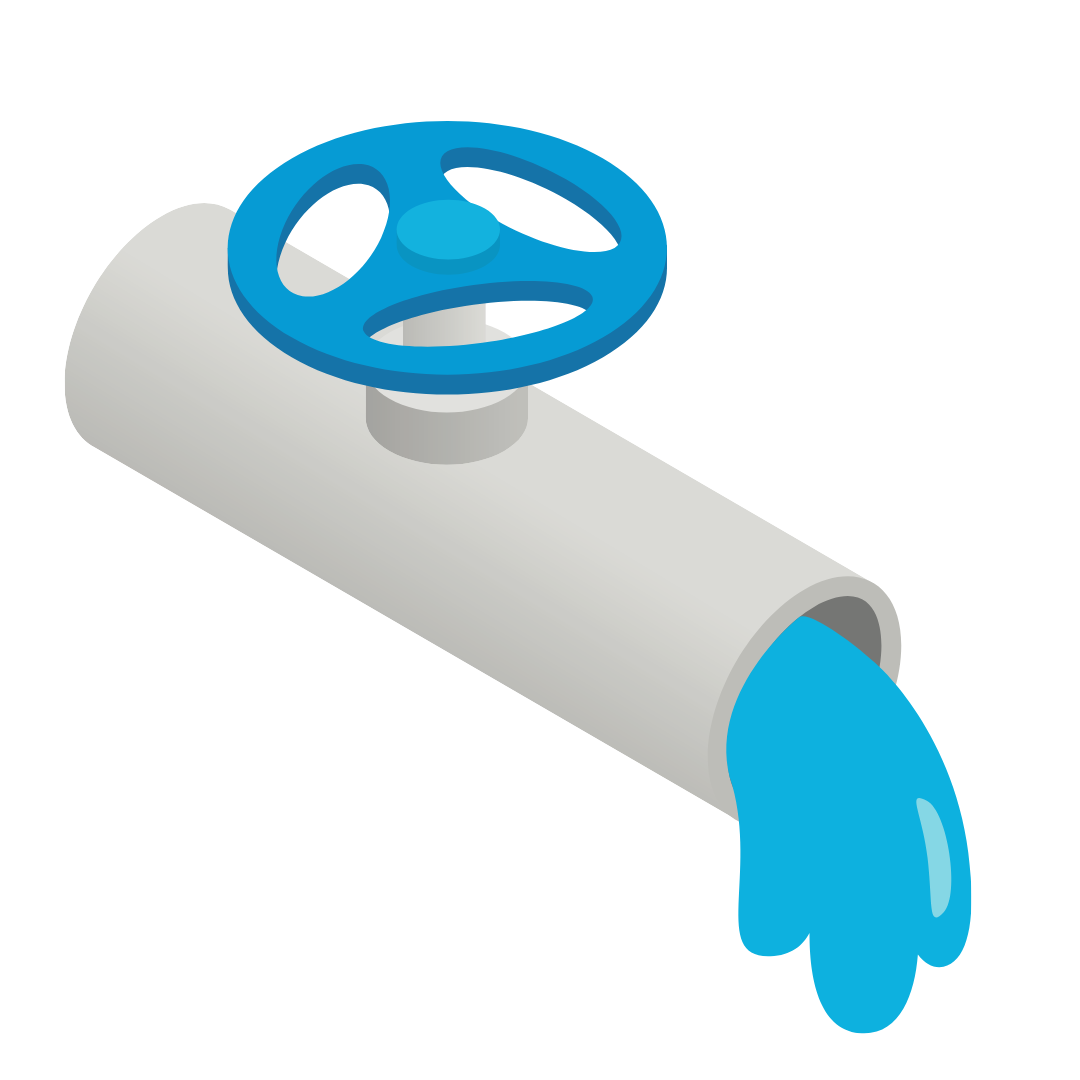
Check your ice machine's spec sheet for measurements of the incoming water line, but don't worry if it doesn't match your plumbing precisely. Plumbing fittings are readily available, and professional installers will have the necessary fittings on hand. Ensure a water supply line is within 6 feet of the ice machine's location and install a dedicated shut-off valve nearby for easy maintenance and emergency situations.
Consider installing a water filter system to maintain the ice's quality and extend the machine's lifespan. Depending on your incoming water pressure and the ice machine's tolerance, you may need a water pressure regulator. Refer to the installation guide for the maximum gallons per minute (GPM) your machine can handle.
Drain
Every commercial ice machine needs a drain to empty purged and meltwater. If a floor drain is not available, opt for a drain pump. Some ice machines come with built-in drain pumps, while others require external pumps. Check with the manufacturer to determine the appropriate pump capacity to avoid overflows. Be sure to comply with local codes and regulations regarding drain requirements, and consider hiring a licensed plumber for professional installation.
Before purchasing your ice machine, verify that the voltage and fuse size requirements match your building's resources. For units with cord and plug sets, ensure that a suitable receptacle is within reach. Professional electricians should hardwire many models, and incorrect connections can lead to severe damage and void your warranty.
#3: Power Connection
The next step is to connect the ice machine to the power source. Follow the manufacturer's guidelines for electrical requirements, and if needed, seek the assistance of a professional electrician to ensure a safe and compliant installation.
#4: Ventilation Considerations
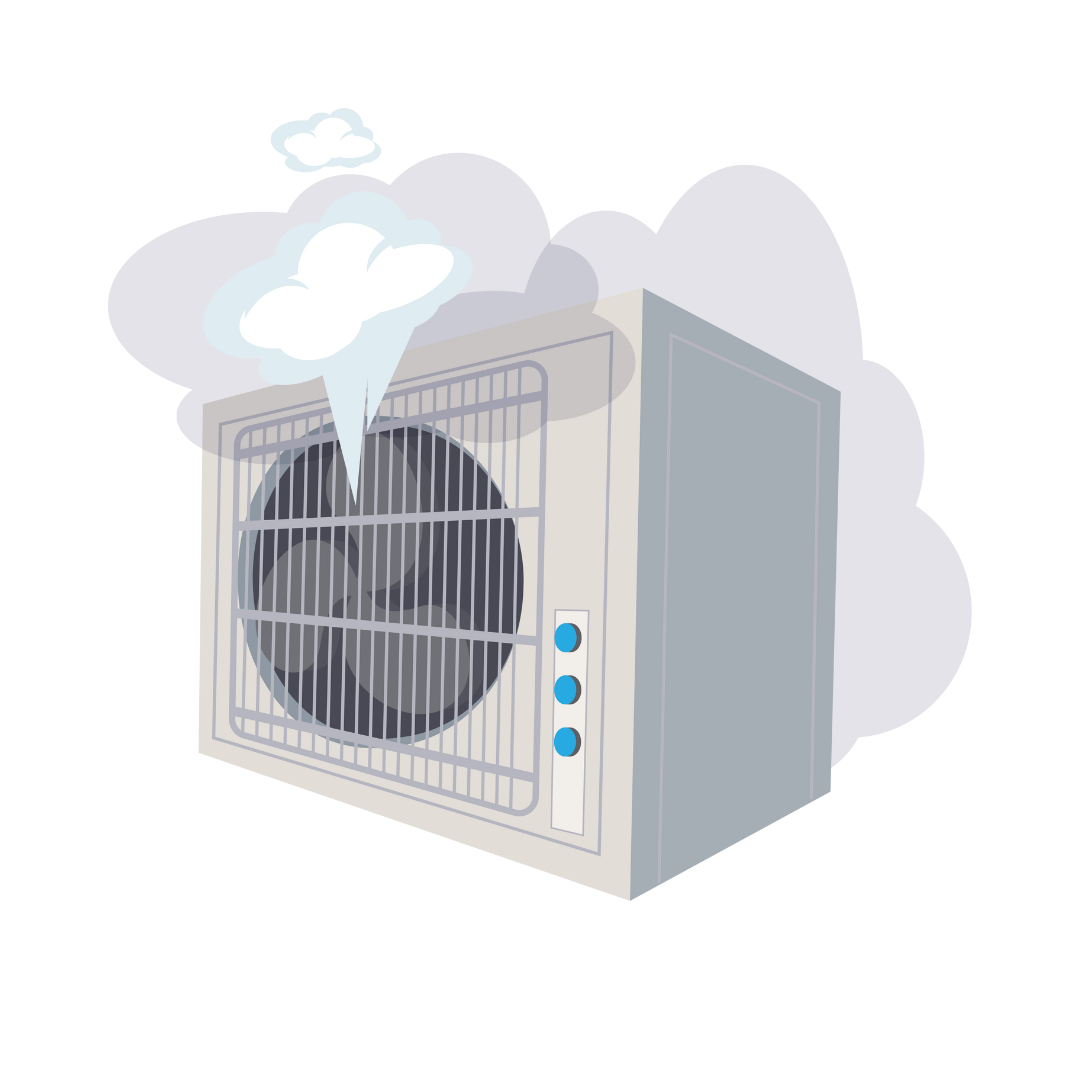
Proper ventilation is essential for efficient cooling of the ice machine. Clear any obstructions and ensure adequate airflow around the machine. This step is crucial in preventing overheating and ensuring your water-cooled ice machine operates at its best.
#5: Placement
Before placing the ice maker, remove any protective film and attach the legs if needed. Level the dispenser or bin for modular units and follow the manufacturer's instructions to avoid damaging internal components. For self-contained units, ensuring the bin's level is crucial to prevent leaks and decreased production.
#6: Safety Measures
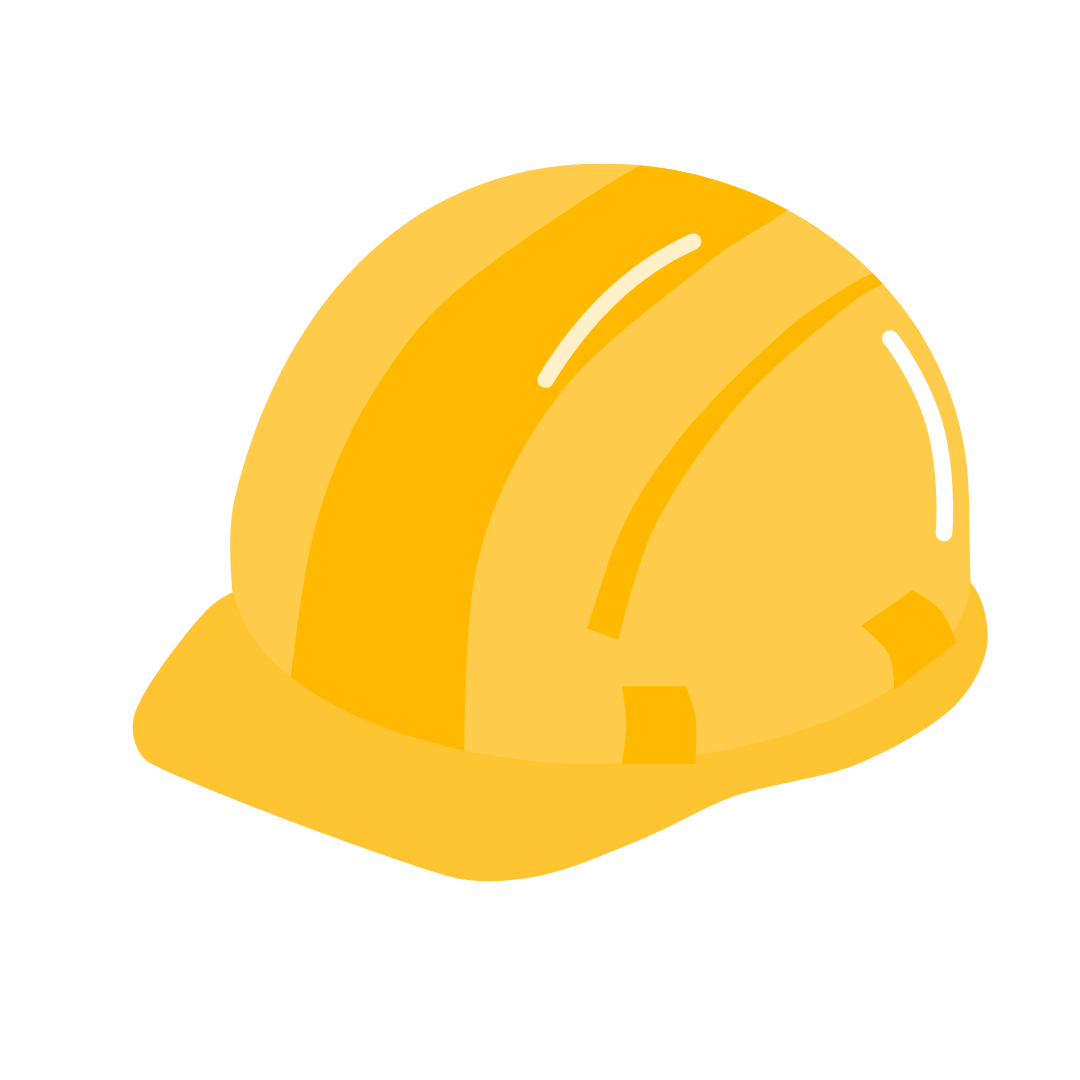
Throughout the installation process, prioritize safety. Always shut off power and water supply before starting any work. Wear safety gear to protect yourself from potential hazards. Following safety protocols is crucial to avoid accidents during installation and maintenance.
#7: Startup
The startup sequence for each ice machine is specific to the model. Consult your installation guide or user's manual carefully for detailed instructions. Don't forget to fill out warranty documents and submit them to the factory. Keep the contact information of a local authorized service agent accessible for any future needs.
Maintenance and Troubleshooting
Once your water-cooled ice machine is successfully hooked up, regular maintenance is vital for optimal performance and longevity. Clean the machine regularly and replace filters as recommended by the manufacturer. In case of issues, refer to the troubleshooting guide in the user manual or seek professional assistance.
Introduction to Water-Cooled Ice Machines
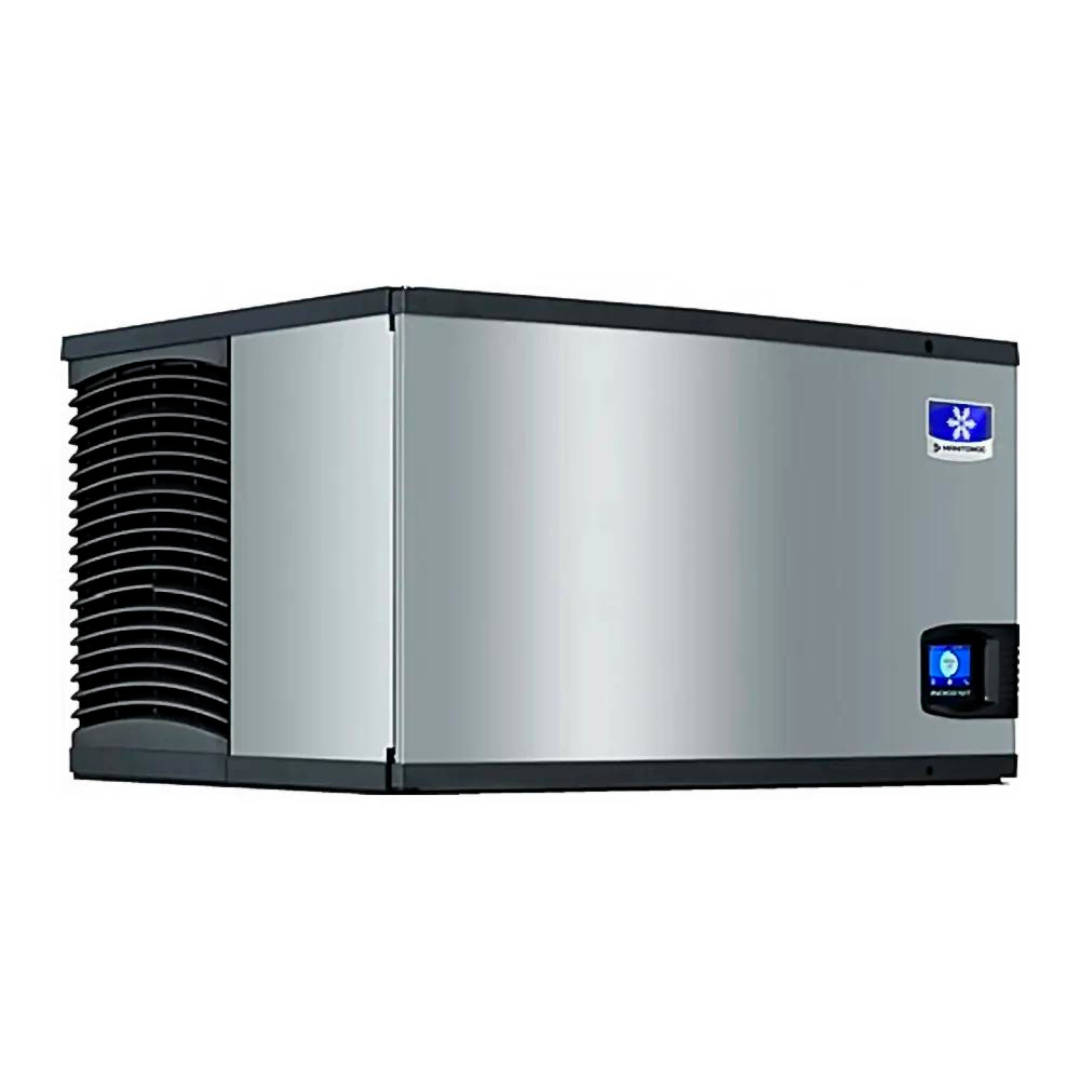
Water-cooled ice machines are a popular choice in commercial kitchens due to their ability to efficiently cool the ice-making components. Unlike air-cooled ice machines that rely on ambient air to dissipate heat, water-cooled units use water as the primary cooling agent. This results in better performance, especially in high-temperature environments, making them an ideal solution for busy kitchens.
Manitowoc IDT0300W 30
Types of Water-Cooled Ice Machines
Before diving into the installation process, let's briefly explore the different types of water-cooled ice machines available in the market. Depending on your specific needs and space limitations, you can choose from modular or under-counter units. Modular ice machines are larger and produce higher ice volumes, while under-counter models are more compact and suitable for smaller establishments or limited spaces.
Conclusion
Hooking up water-cooled ice machines is a process that requires attention to detail and adherence to safety guidelines. By following the steps outlined in this guide, you can ensure that your water-cooled ice machine operates efficiently, providing you with a steady supply of high-quality ice for your commercial kitchen needs. Remember to consult the manufacturer's instructions and seek professional help when necessary to ensure a smooth installation process. Happy ice-making!

